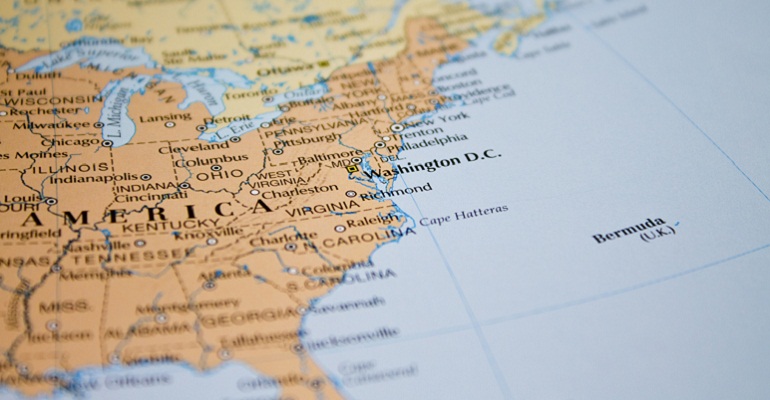For many years I ran an agency in Rhode Island that recruited families to adopt children from that states child welfare system. Like many such organizations, we had a waiting child feature on a local television station. After one of our TV spots showed a seven-year-old black boy named Justin, I got a call from a woman in Massachusetts.
She was a lawyer, and her husband was a doctor. Both were black. She told me that they had been considering adoption for several years. They saw Justin and were moved by his story. They prayed. And they decided that they would adopt this child. But they couldn’t. Rhode Island could not legally provide a homestudy to a Massachusetts family. And Massachusetts would not use state resources to prepare a family to adopt a child from another state.
This situation repeats itself, every single day, in America. The simple fact is that it is virtually impossible to adopt a foster child across state lines in the United States. In the most recent year for which we have data, states reported that 71 children were adopted from foster care across state lines by non-relatives. For perspective, consider the fact that the national weather service estimates that 600 Americans are struck by lightning each year.
Despite common misperceptions, the problem is not a lack of people wanting to adopt a child from foster care. Analysis of the most recent National Survey of Family Growth shows 600,000 American women seeking to adopt a child. The vast majority was willing to adopt the kinds of foster children we label hard to place: black and Hispanic kids, older kids, kids with disabilities. For every waiting child between six and 12, there were eight prospective parents.
Given the intensity of the need and the number of families willing to adopt, why is interstate adoption so rare? The primary reason is that we do not have a national adoption system. Instead, we have 50 different child welfare systems, each with its own process for adoption eligibility, recruitment, approval, and training. Even worse, our system has created disincentives for states to support adoptions across state lines. Each state pays the cost of recruiting and preparing its own families, with no compensation if the family adopts a child from another state. In other words, each interstate adoption has a winner (the state that sends the child) and a loser (the state that receives the child).
In the current system, it makes more sense to keep an in-state family waiting indefinitely than to match them immediately with a waiting child in another state. This issue is especially significant in large metropolitan areas that straddle state lines, such as New York City, Chicago, and Washington, D.C. Incredibly, this win-lose pattern holds true across county lines within many states. There is a vast number of variables for both prospective parents and waiting children.
Parents entering the system do much soul-searching to decide what kind of child they are able to parent. When a pediatric nurse in a small community says she wants to adopt a child with spina bifida or another developmental birth defect, she may wait years before one is available in her community. Meanwhile, 50 miles away, in another county, a child waits. It is a national scandal that over 22,000 children age out of foster care each year, while willing adoptive parents are ignored because they are in the wrong state, or even the wrong county. We must change the incentives in our adoption system so that everyone wins when a child finds a forever family.
Adoption Agencies with U.S. Foster Adoption Programs
See all adoption agencies with U.S. foster adoption programs >


